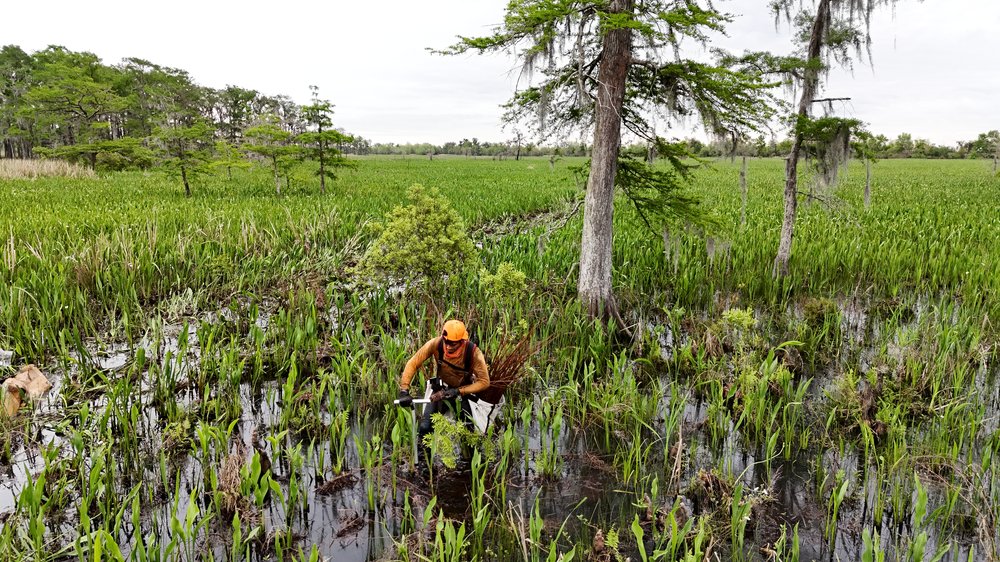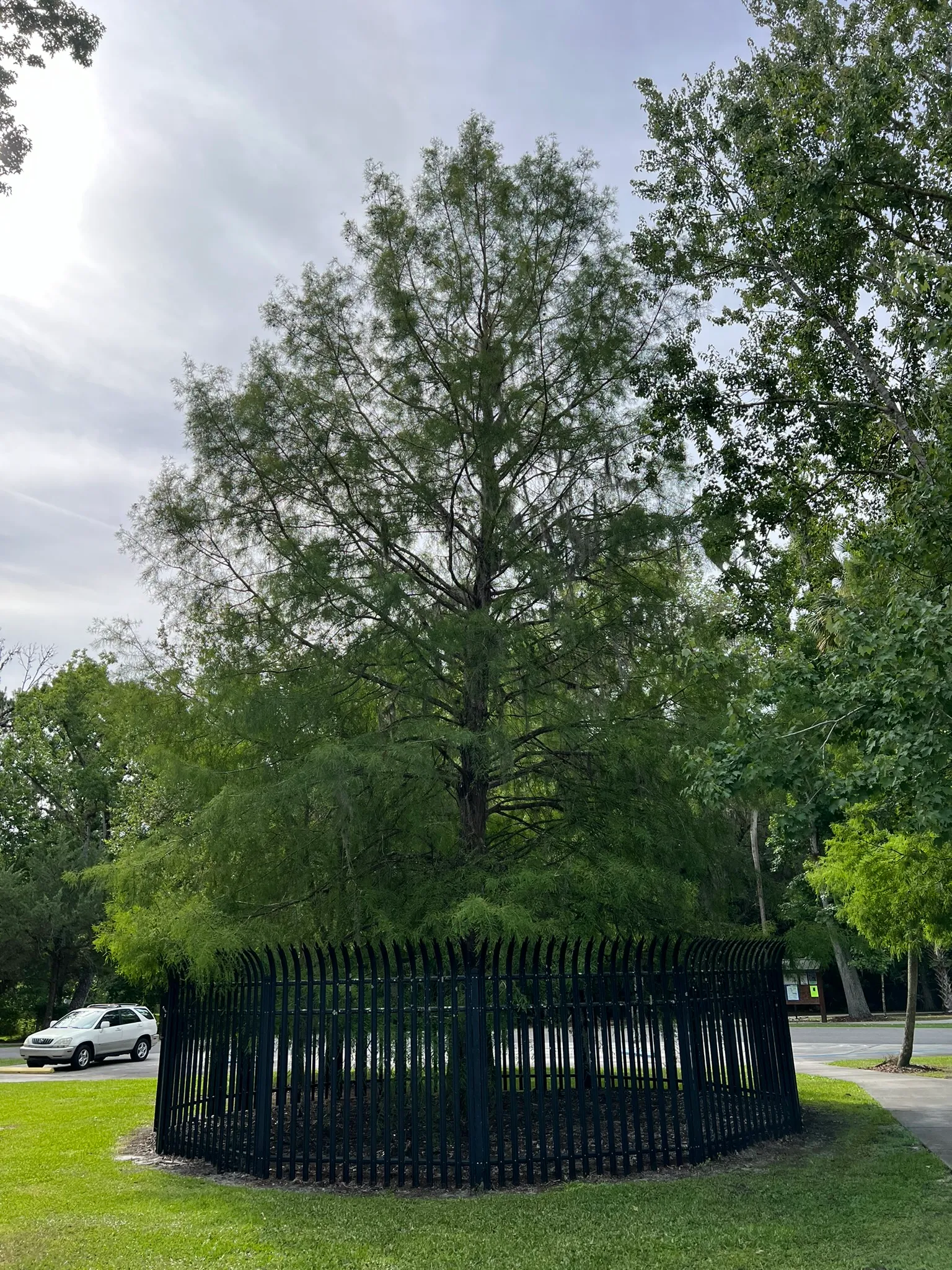Shumard Oak
The Shumard Oak is a robust and adaptable native tree highly regarded for its excellent landscape qualities. It’s known for its toughness, drought tolerance, and ability to thrive in a variety of conditions, including both acidic and alkaline soils – a trait that sets it apart from some other oaks. This stately tree typically grows to a significant height, providing ample shade with its broad, open crown that becomes more rounded as it matures. In the fall, its dark green leaves transform into a beautiful display of red or red-orange, adding a vibrant touch to the landscape. Furthermore, the Shumard Oak supports local wildlife, serving as a host plant for various butterflies and the impressive Imperial moth, and its acorns provide a valuable food source. Its resilience to urban stresses like air pollution and compacted soil makes it a superb choice for both residential and commercial landscapes.
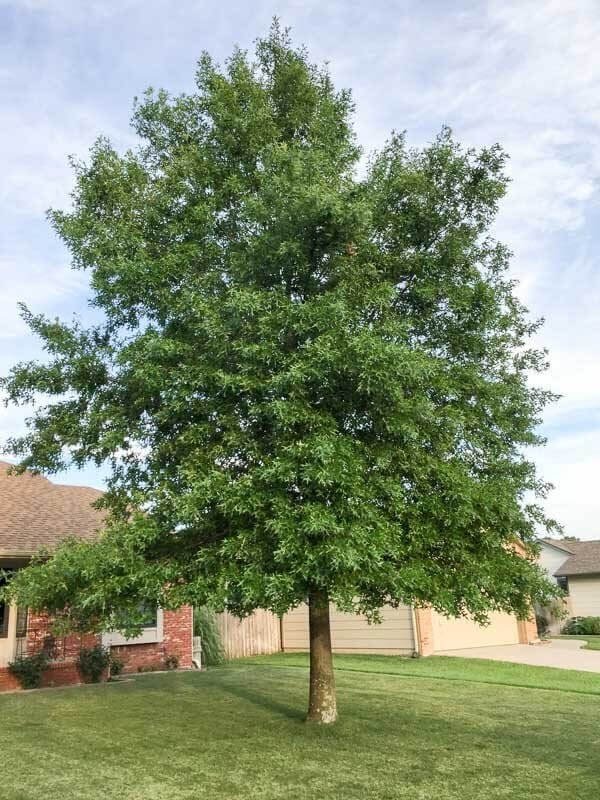
Sizes Available
Wholesale Only
1 Gallon
$4.00
3 Gallon
$8.00
7 Gallon
$22.00
15 Gallon
$50.00
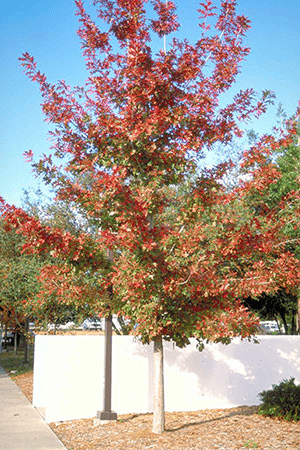
A magnificent Shumard Oak showcasing its vibrant red fall foliage, a testament to its seasonal beauty.
Scientific Name: Quercus shumardii
Common Name: Shumard Oak, Shumard’s Oak
Hardiness Zones: 5a, 5b, 6a, 6b, 7a, 7b, 8a, 8b, 9a, 9b
Height: 60 to 80 feet
Spread: 40 to 50 feet
Growth Rate: Moderately fast, averaging one to two feet per year after establishment.
Foliage: Spring & Summer: Dark green, lobed leaves, 6 to 8 inches long with bristle tips. Fall: Typically brilliant red or red-orange, sometimes with yellow hues, providing a showy display.
Bark: Light to medium gray, developing deep, brown furrows and scaly ridges as the tree ages, adding to its visual interest.
Sun: Prefers full sun, requiring six or more hours of direct sunlight daily to thrive.
Soil: Adaptable to a wide range of soil types, including clay, sand, and loam; tolerates both acidic and alkaline conditions as well as well-drained to occasionally wet soils. Also exhibits good drought tolerance.
Wildlife Value: Serves as a host plant for the larvae of the Imperial moth, Banded hairstreak, Edward’s hairstreak, Gray hairstreak, White-m hairstreak, Horace’s duskywing, and
Why Choose Shumard Oak?

Exceptional Adaptability:
The Shumard Oak stands out for its remarkable tolerance to a wide range of environmental stresses, including drought, varied soil pH levels, and urban conditions like air pollution, making it a reliable choice for diverse landscapes.
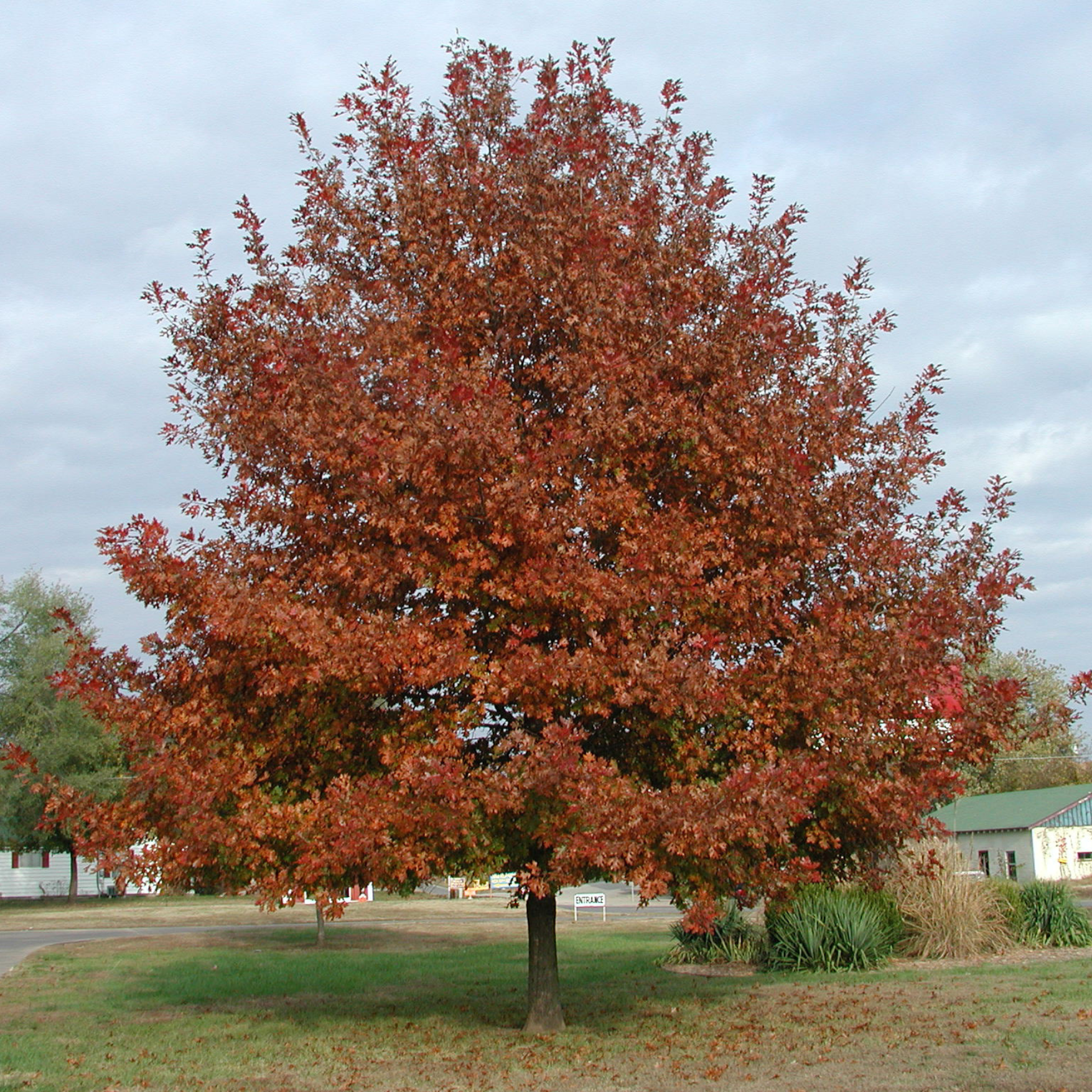
Reliable Fall Color:
Enjoy a consistent and beautiful autumn display as the Shumard Oak’s leaves turn stunning shades of red to red-orange, providing a burst of color to your yard during the fall season.
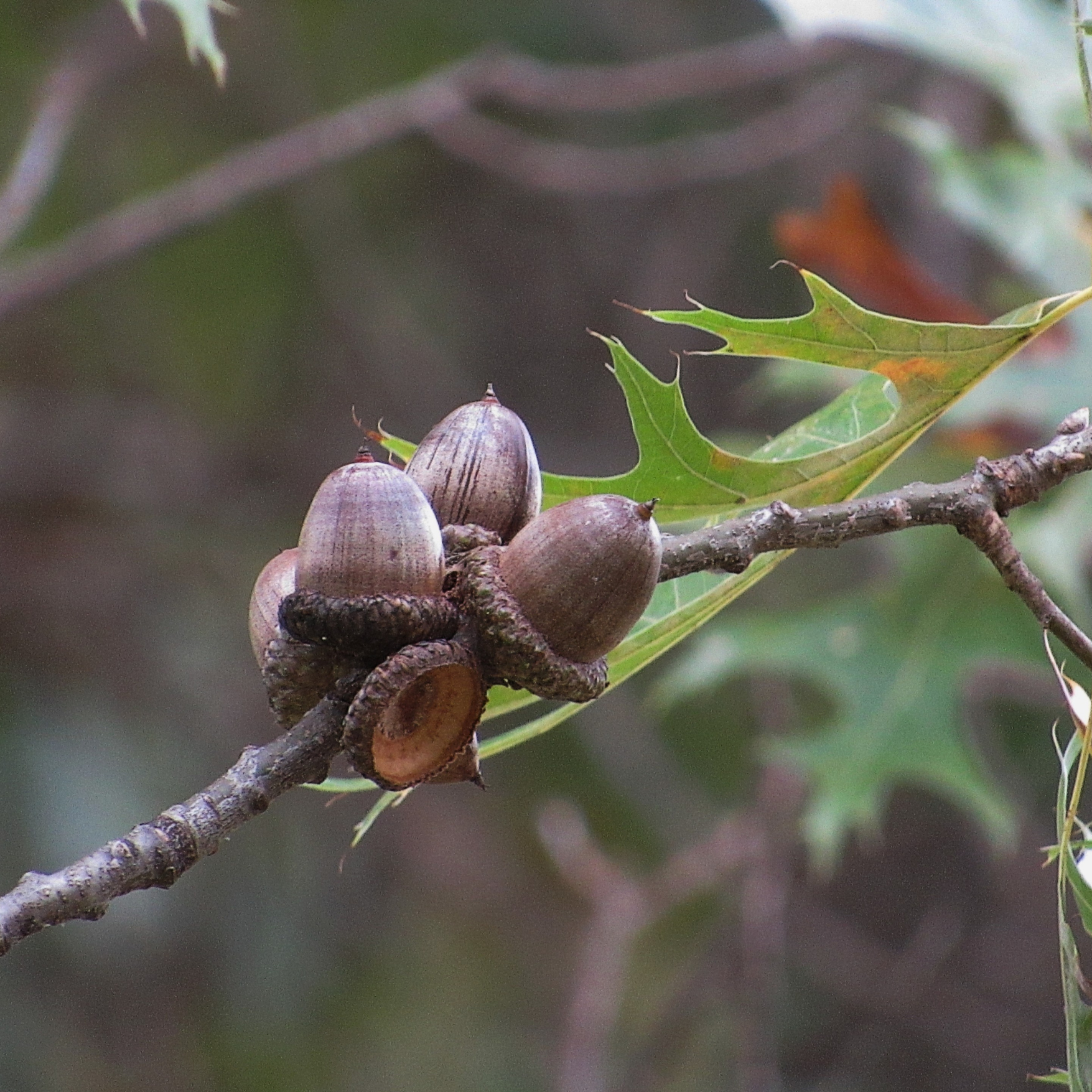
Supports Local Ecosystems:
By planting a Shumard Oak, you’re not only adding a beautiful tree to your landscape but also providing essential habitat and food sources for a variety of native moths, butterflies, and other wildlife.
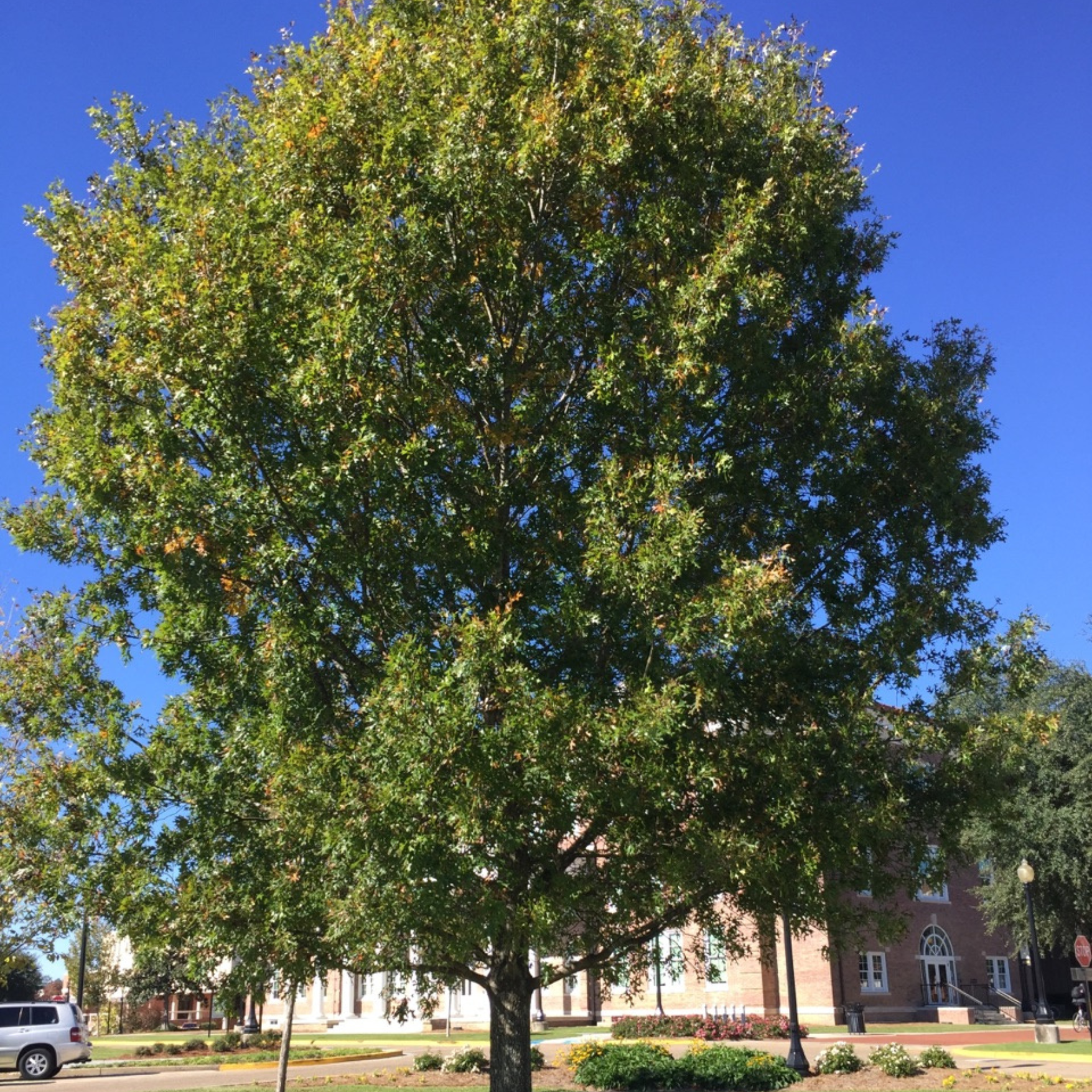
Low Maintenance Once Established:
After it’s established, the Shumard Oak is a relatively low-maintenance tree, known for its resistance to many pests and diseases and its ability to withstand dry periods, requiring less intervention over time.
Environmental Benefits of Planting Shumard Oak
This data is based on US Averages of healthy and mature trees over a 20-year period.
Check out the USDA’s MyTree Tool to input your custom location data.

A single shumard oak can offset the CO₂ emissions produced by driving an average gas-powered car for 14,434 miles.

A single shumard oak can absorb enough stormwater to fill 2,404 bathtubs, reducing erosion, runoff, and supporting transpiration.

A single shumard oak removes as much air pollution as the weight of 238 smartphones.
Featured Projects
Central Florida Lands and Timber Nursery, LLC. is a wholesale nursery specializing in a wide array of Florida native trees. With an inventory of over 2 million container-grown trees, CFLTN, LCC can meet the needs of large-scale reforestation, mitigation, and landscaping projects throughout the Southeast region.
Phone
(386) 294-1211
Address
3087 North County Road 53 Mayo, Florida 32066

